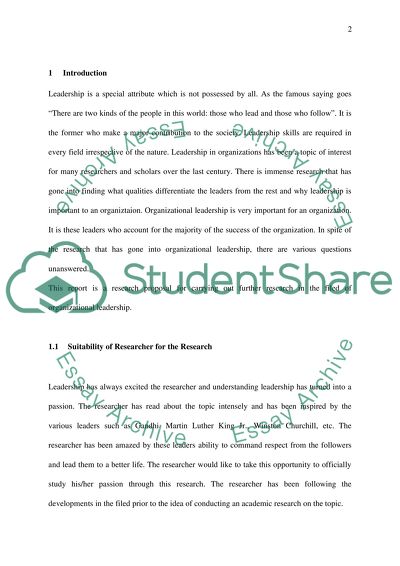Cite this document
(“Leadership in organisations Essay Example | Topics and Well Written Essays - 2500 words”, n.d.)
Retrieved from https://studentshare.org/environmental-studies/1405268-leadership-in-organisations
Retrieved from https://studentshare.org/environmental-studies/1405268-leadership-in-organisations
(Leadership in Organisations Essay Example | Topics and Well Written Essays - 2500 Words)
https://studentshare.org/environmental-studies/1405268-leadership-in-organisations.
https://studentshare.org/environmental-studies/1405268-leadership-in-organisations.
“Leadership in Organisations Essay Example | Topics and Well Written Essays - 2500 Words”, n.d. https://studentshare.org/environmental-studies/1405268-leadership-in-organisations.


